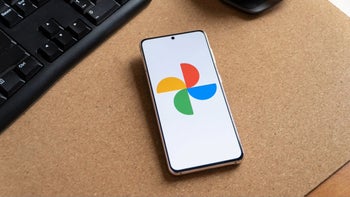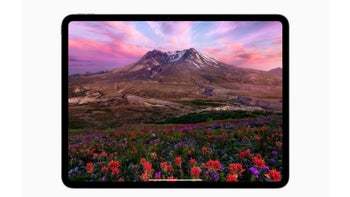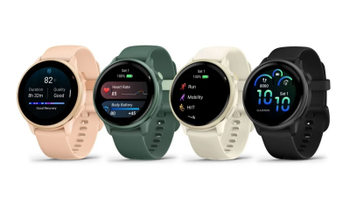Huawei Ascend Mate 7 hands-on: big, beautiful phablet!
The Huawei Ascend Mate 7 is one of IFA 2014's best surprises. Huawei delivered a very impressive phablet that we'd love to tell you more about. Ready? Here we go!
Design
The Huawei Ascend Mate 7 is an unmistakeably premium device, and this is the exact first impression you get when you get the chance to try it out. It has a full-on aluminium unibody construction with extremely slim bezels and very thin sides. It's a beautiful phone, and another example of Huawei's level of attention to design, which is rare in the Android realm. The phone might be thin, but its on the heavier side at some 6.53 oz (185 g) of pure mass, and there's no getting around the fact that it's a huge phone. Slim bezels and thin sides can only go so far!
Display
Huawei's phablet has a massive 6-inch 1080p LCD display that looked very good when we saw it. We'll reserve our final judgements for the time we take appropriate screen measurements, but we're definitely pleased with what we saw. As the industry is inching towards QHD as the de-facto high-end standard, 1080p still remains a terrific resolution for all screens above 4.7 inches - including those on the wild 6-inch side! The pixel density on the Mate 7 dials up to a Retina-satiating 367ppi. There's no pixelization of any kind, and the viewing angles are great.
Interface
To get the Ascend Mate 7 going with a bang, Huawei introduced EMUI 3.0 - the latest version of its custom Android interface. It is distinguished by an extremely sleek, modern style that looks like it was put together by Western designers. Clean lines, moderate translucency, impressive animations, and a wide selection of software features are the bullet points to EMUI 3.0. There's nothing too flashy, though - in fact, Google's Material Design principles have been honored to some degree, resulting in plenty of white, and many soft buttons and rounded corners. In terms of functionality, Huawei has added a privacy protection layer, a cloud service, a customer support service, an optimization app, and more bells and whistles that we're looking forward to experiencing for ourselves in a more intimate setting (now quiet your subconscious).
Processor and memory
The Ascend Mate 7 sports an exotic hardware profile - it has an octa-core HiSilicon Kirin 925 1.8GHz processor designed by Huawei itself, paired with a Mali-T628 MP4 GPU and 3GB of RAM. Not long ago, the Chinese mogul boasted that the Kirin K295 outplays the mighty Snapdragon 805 in benchmarks, which, theoretically, means this configuration is quite future-proof. In our hands-on time, we couldn't notice slowdowns or hickups. To add to the positive impression, chances are the Mate 7 was running a final version of EMUI 3, since the ROM is already available to download for select Huawei devices. If the phablet keeps us as good when it hits retail, then you will have a fine everyday performer on your hands. We're yet to see how this configuration fares with heavy 3D gaming, though.
Camera
The Huawei Ascend Mate 7 has a 13-megapixel camera with a single LED flash, F2.0 aperture size, and a lively camera experience typical of Chinese smartphones. We're talking about features such as Beauty Mode, Ultra Snapshot, All-Focus, and Audio Note. The front camera is a 5 megapixel unit that's very capable of taking selfies with its 88 degree-wide angle lens and 4th-generation Sony sensor technology. We didn't have the time to put the Mate 7 cameras through their paces, but the potential is undeniably there.
Conclusion
The Huawei Ascend Mate 7 is a big, beautiful phablet! The slim metallic build, the huge 1080p display, the speedy configuration, beautiful interface, and promising cameras all contribute to one of the best, and most surprising competitors to smartphones like the Samsung Galaxy Note 4 and LG G3 we've handled recently.

Follow us on Google News



![New T-Mobile CEO has everyone on the edge of their seats with new teaser [UPDATED]](https://m-cdn.phonearena.com/images/article/175840-wide-two_350/New-T-Mobile-CEO-has-everyone-on-the-edge-of-their-seats-with-new-teaser-UPDATED.webp)










Things that are NOT allowed:
To help keep our community safe and free from spam, we apply temporary limits to newly created accounts: